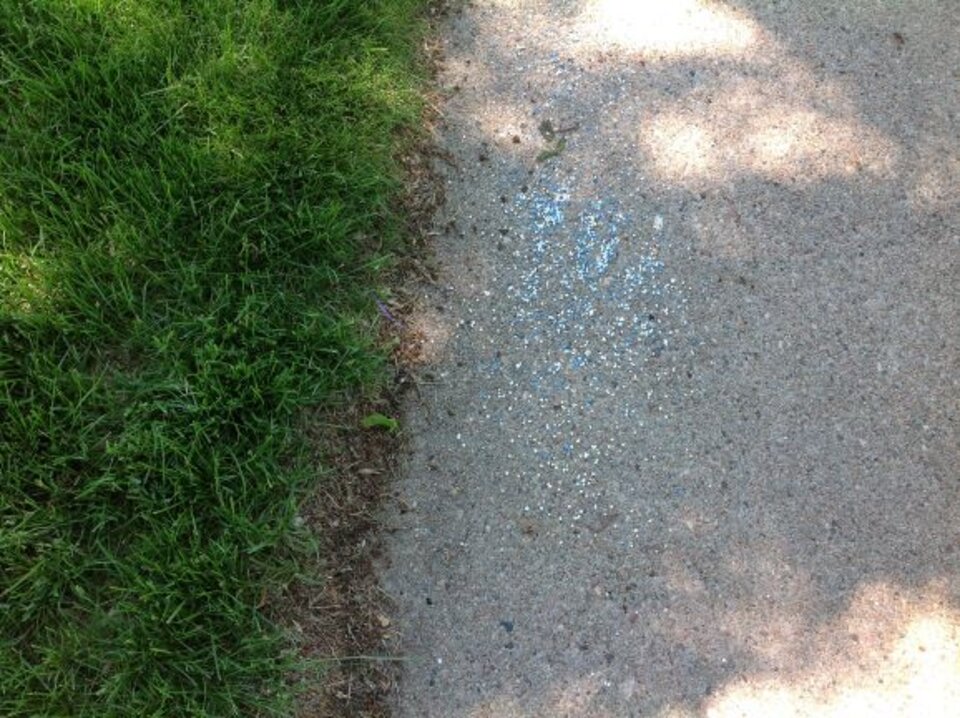Turf Fertilization for Healthy Lawns and Water Resources

The lawn fertilization season is just around the corner. For a healthy turf and to help protect water resources, following the traditional four step program may not be the best route to go.
A well-managed turf holds soil in place and acts as a filter for potential water pollutants. However, fertilizing more than is needed, at the wrong time of the season, or misapplying fertilizer can result in nutrient runoff with the potential to degrade water resources.
Following a four step program for all lawns can lead to over-fertilizing. For established lawns, those 10 years or older, two fertilizer applications a year are often adequate. The first being made between mid-April to late May, depending on where you live in Nebraska, and soil temperature. The second application is best applied from late August to mid-September.
For lawns less than ten years old, four applications a year may be needed. The timing of these would be mid-April to late May, late June to early July, late August into early September and the final one before the end of October. Do not apply fertilizers to frozen soils.
For the final application in October, use only fast-release nitrogen sources. This allows for uptake of nitrogen before soils become too cold, preventing leaching over winter or too early succulent spring growth which is not healthy for turf, and sets it up for summer stress and pest issues.
Over-fertilizing will result in application of nutrients that are not needed. Consider sending a soil sample to a soil testing lab to determine which nutrients are needed and in what amounts. Soil testing can be done at any time of year. Fall is a good time to soil sample in preparation for the next season.
In general, because most landscape soils in Nebraska have adequate phosphorous levels, the use of phosphorus free fertilizers are recommended. Phosphorous is a common pollutant of surface water. It binds to soil particles and reaches surface water through soil erosion and rainwater runoff.
To identify phosphorous free fertilizers, check the label on the bag. There will be three numbers like 27-0-3. Each number represents the percentage by weight of the nutrient in that product. Nitrogen is listed first, phosphorus is represented by the middle number, and potassium is last.
Avoid fertilizing in early spring and after October. At these times, the risk of nutrient loss is greater. Cold soil temperatures in early spring can lower the rate of nutrient uptake by roots. Towards the end of fall, nitrogen uptake is lower due to reduced evapotranspiration rates in plants. As a result, nitrogen can be lost through processes like leaching. Do not apply fertilizers to frozen soils.
Misapplication of fertilizer occurs when label rates are not followed, fertilizer spreaders are not calibrated, and if fertilizer granules are left on impervious surfaces, like pavement, from which they are carried directly to surface water via storm drains.
A key to preventing nutrient pollution of surface water from lawn fertilization is sweeping fertilizer granules, as well as grass clippings, off of pavement after each fertilization and mowing.
Be sure to vigorously sweep or blow these from pavement well into the lawn. Avoid sweeping or blowing them only to the edge of the lawn as rainwater can still carry them away in stormwater runoff.
Fertilizing Home Lawns: https://turf.unl.edu/NebGuides/HomeLawnFertilization2012f.pdf
This article was reviewed by Roch Gaussoin